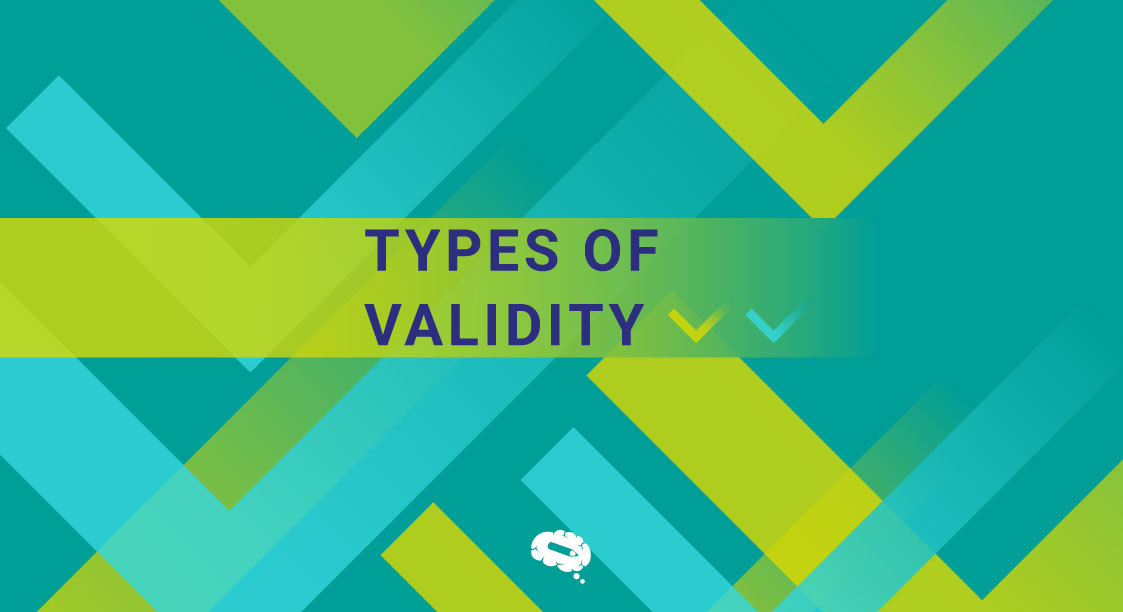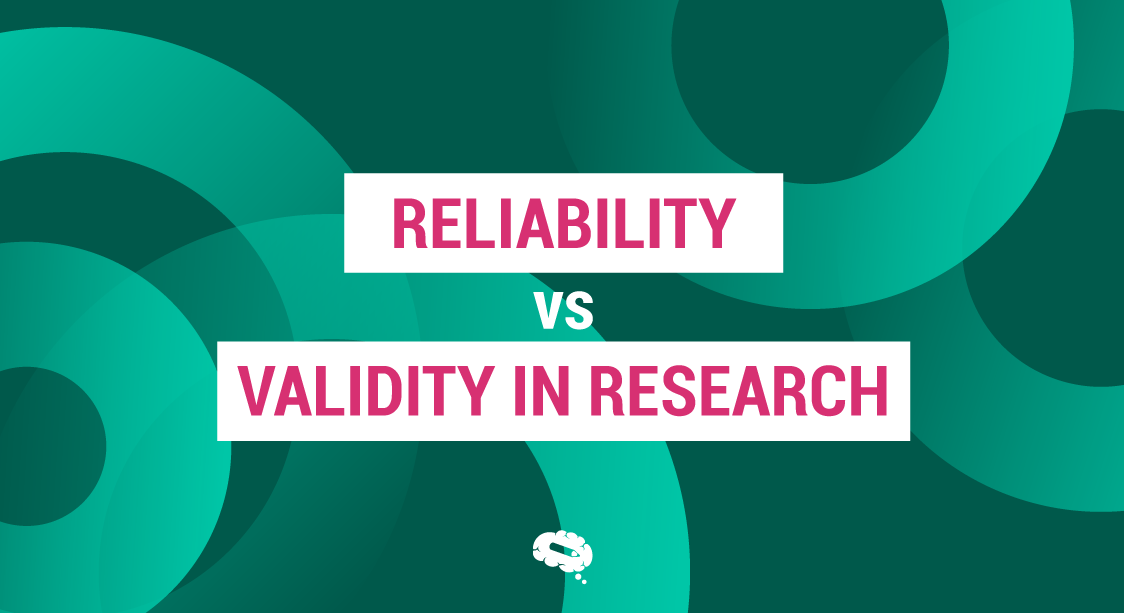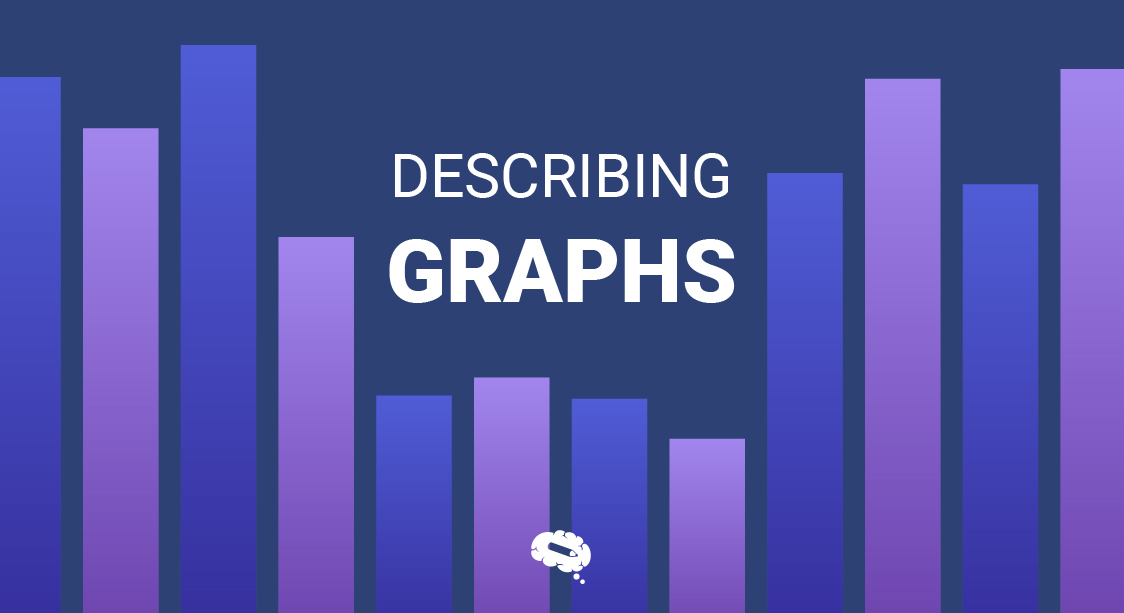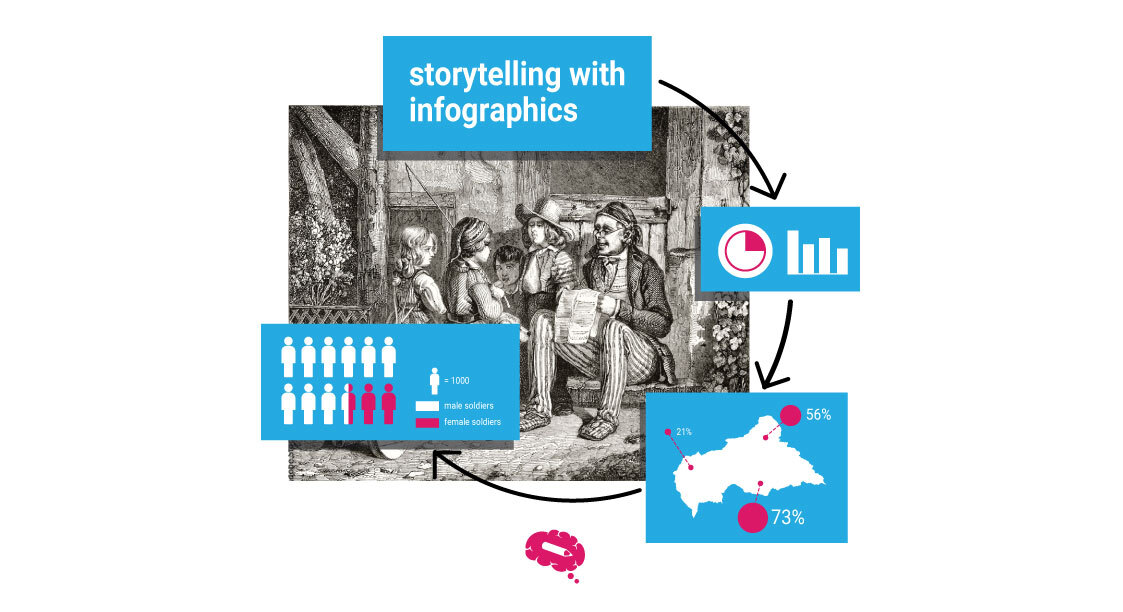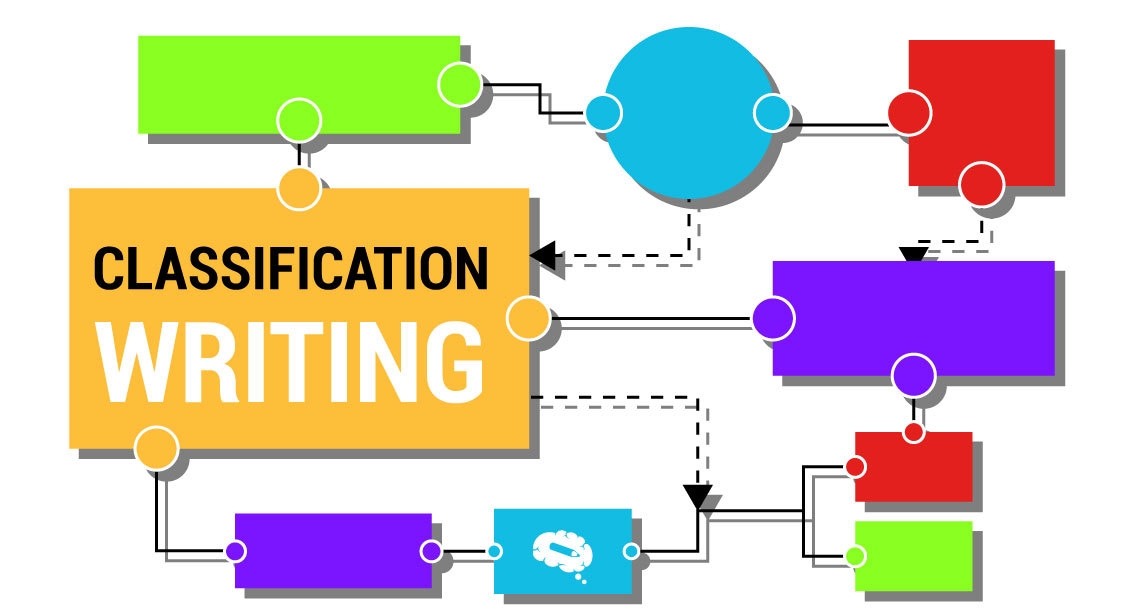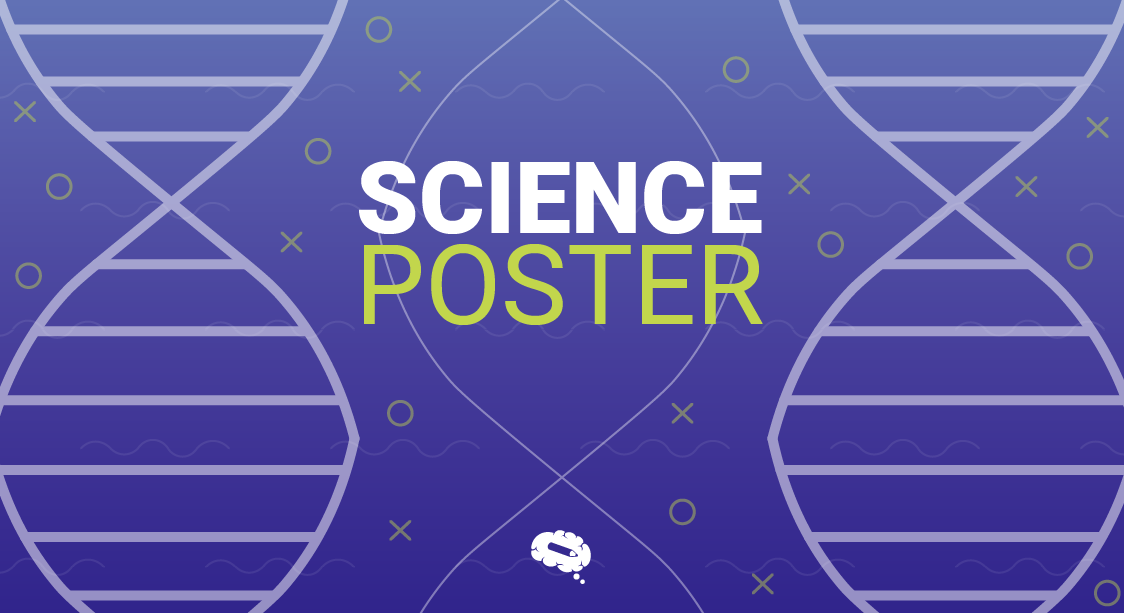Validity in research ensures that the conclusions drawn from a study accurately represent the phenomena being studied. Without validity, there’s a risk that findings may be inaccurate or misleading, leading to flawed interpretations and potentially misguided actions or decisions. Validity helps researchers confirm that their measurements and observations truly capture what they intend to measure, thus enhancing the reliability and trustworthiness of their research. Also, valid research enables us to have confidence in the knowledge generated and its applicability to real-world situations, making it a cornerstone of scientific inquiry and decision-making processes. This article explores the general concept of validity in research, including some of the different types and significance in various research contexts.
What Is Validity?
Validity is the degree to which a study accurately measures what it purports to measure or the extent to which its findings are dependable and meaningful. It ensures that the conclusions drawn from a study are trustworthy and applicable to the real world. This kind of study is essential because it underpins the credibility and reliability of research outcomes. Without validity, researchers cannot confidently claim that their findings accurately represent the phenomena under investigation or that their conclusions are applicable beyond the specific context of the study.
To elevate the credibility and relevance of their conclusions, researchers should meticulously align measurements with intended constructs and carefully consider contextual influences on observations. Establishing validity involves careful design, execution, and interpretation of research, incorporating various strategies to ensure that the study accurately captures the intended constructs or relationships. Validity distinguishes between high-quality and poor-quality research reports, underscoring the importance of rigorously testing and enhancing validity and reliability in research endeavors. There are some types of validity to consider when evaluating the quality of a measurement instrument or assessment tool.
Read more: Reliability vs Validity in Research: Measuring What Matters
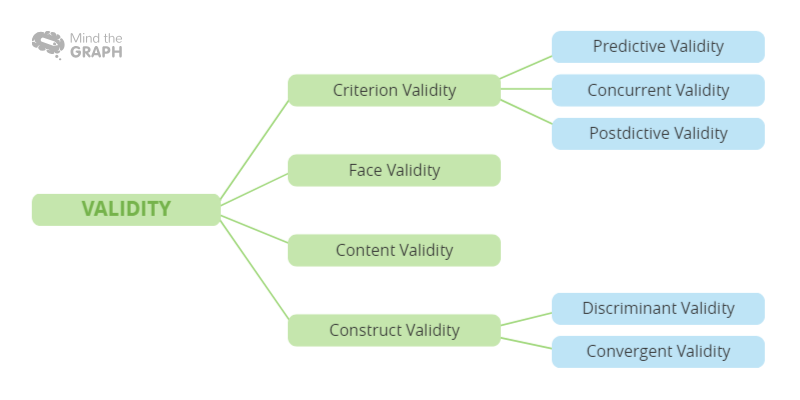
Face Validity
Face validity is the extent to which a measurement or assessment appears, on the surface, to measure what it is intended to measure. It is a subjective judgment based on the face value of the measurement instrument or assessment tool, rather than on empirical evidence or statistical analysis. It evaluates whether a test or measure “appears to” assess the construct or concept it purports to measure. Although it doesn’t provide definitive evidence of a measure’s validity, it can serve as an initial indicator of its potential usefulness.
Examples Of Face Validity
1. A questionnaire designed to assess job satisfaction includes items such as “I enjoy my work” and “I feel valued by my employer.” These items appear to measure job satisfaction based on their face value.
2. A depression screening tool consists of questions about feelings of sadness, hopelessness, and loss of interest in activities. The content of the tool appears to be relevant to assessing symptoms of depression.
3. A teacher evaluation form includes criteria such as knowledge of the subject matter, clarity of instruction, and availability of student support. These criteria seem to align with the aspects of teaching effectiveness.
Strengths And Weaknesses Of Face Validity
| Strengths | Weaknesses |
|---|---|
| Accessibility: Face validity is easy to assess and understand, making it accessible to researchers, practitioners, and participants. | Subjectivity: Face validity judgments are subjective and prone to bias, as perceptions of relevance and appropriateness may vary among individuals. |
| Quick Assessment: It offers a swift and intuitive evaluation of the suitability of a measurement instrument or assessment tool. | Lack of Conclusive Evidence: Face validity does not furnish definitive evidence of a measure’s validity and may not accurately portray its true effectiveness. |
| Transparency: It provides transparency in the assessment process, allowing stakeholders to easily comprehend the purpose and relevance of the measurement instrument or assessment tool. | Overemphasis: Overreliance on face validity can prioritize superficial aspects and overlook key dimensions of measurement validity, including construct and criterion-related validity. |
| Cost-effectiveness: Assessing face validity is cost-effective and requires minimal resources, making it suitable for preliminary evaluation in research and practice. | Limited Applicability: Face validity may not be applicable or appropriate for all measurement instruments or assessment tools, particularly those designed for complex constructs or specialized populations. |
Content Validity
Content validity assesses the extent to which the items or questions included in a measurement instrument adequately represent the entire range of content or construct being measured. It assesses whether the measurement instrument comprehensively covers the domain of interest. Content validity is concerned with the relevance, representativeness, and comprehensiveness of the items or questions included in a measure. Essentially, it evaluates whether the content of the measurement instrument aligns with the construct or concept it intends to measure.
Examples Of Content Validity
1. Academic Test: A teacher develops a test to assess students’ knowledge of a particular subject, such as mathematics. To establish content validity, the teacher ensures that the test questions cover all relevant topics and learning objectives outlined in the curriculum.
2. Employee Performance Evaluation: A company creates an employee performance evaluation form to assess various job-related competencies, such as communication skills and problem-solving abilities. To demonstrate content validity, the company ensures that the evaluation criteria encompass all essential aspects of job performance relevant to the position.
3. Health Assessment Questionnaire: A healthcare provider designs a questionnaire to assess patients’ overall health status, including physical, mental, and emotional well-being. To establish content validity, the healthcare provider ensures that the questionnaire items cover a wide range of health-related domains, such as symptoms, lifestyle factors, and quality of life indicators.
Strengths And Weaknesses Of Content Validity
| Strengths | Weaknesses |
|---|---|
| Comprehensive Coverage: Content validity ensures that all important aspects of what’s being measured are included in the test or questionnaire. | Limited Depth: While it covers all aspects, it doesn’t guarantee that each aspect is thoroughly examined or accurately measured. |
| Alignment with Purpose: It confirms that the test or questionnaire aligns well with what it’s supposed to measure, making it more relevant and useful. | Subjective Judgment: Determining content validity relies on personal opinions, which can vary among experts or reviewers. |
| Context Consideration: It considers the context in which the test or questionnaire will be used, ensuring it’s suitable and understandable for the intended users. | Limited Applicability: Content validity focuses on specific areas and may not be useful in different situations or for different groups of people. |
| Improved Design: Content validity helps in creating better tests or questionnaires by guiding their development and refinement. | Potential Bias: The judgment of content validity might be influenced by personal biases or opinions, affecting the fairness of the assessment. |
Construct Validity
Construct validity evaluates how closely a measurement or assessment reflects the underlying theoretical concept or construct it intends to measure. It assesses whether the operationalization of variables effectively captures the underlying theoretical concepts or constructs. In other words, construct validity evaluates whether the measurements or indicators used in a study truly reflect the abstract ideas or constructs being studied. It is essential to ensure that researchers are measuring what they intend to measure and drawing valid conclusions from their research.
Examples Of Construct Validity
1. Intelligence Test: A researcher develops a test to measure intelligence. To establish construct validity, the researcher may administer the test to a diverse group of participants and compare their test scores with other measures of intelligence, such as academic performance or IQ tests.
2. Personality Inventory: A psychologist creates a questionnaire to assess personality traits, such as extraversion and conscientiousness. To demonstrate construct validity, the psychologist may conduct factor analysis to confirm that the questionnaire items load onto the expected personality dimensions.
3. Depression Scale: A clinician designs a scale to measure symptoms of depression. To establish construct validity, the clinician may administer the scale to individuals diagnosed with depression and compare their scores with individuals without depression to ensure discriminant validity.
Strengths And Weaknesses Of Construct Validity
| Strengths | Weaknesses |
|---|---|
| Accurate Representation: Construct validity ensures that measurements reflect what they’re supposed to measure, providing a clear assessment. | Complexity: It can be hard to assess construct validity due to the need for various methods and analyses. |
| Useful Predictions: It helps predict real-world outcomes based on the measured construct, making assessments more practical. | Resource Intensive: Assessing construct validity takes a lot of time, expertise, and resources. |
| Cross-Validation: It uses multiple methods to confirm if a measurement aligns with the construct, making the assessment stronger. | Subjectivity: Determining construct validity can involve personal opinions, leading to bias or disagreement. |
| Unique Insight: It shows how a measurement adds to what’s already known, improving understanding of the construct. | Limited Applicability: Construct validity may not apply to all groups or situations. |
| Long-Term Reliability: It ensures measurements stay relevant over time, allowing for consistent interpretation of results. | Conceptual Challenges: Defining constructs can be difficult and may confuse researchers. |
Criterion Validity
Criterion validity refers to the extent to which the scores obtained from a measurement instrument correlate with scores obtained from other established measures or criteria that assess the same construct. It assesses whether the measurement instrument accurately predicts or correlates with an external criterion. Criterion validity is concerned with demonstrating that the scores obtained from a new measurement instrument are consistent with scores obtained from well-established measures or criteria that assess the same construct or concept.
Examples Of Criterion Validity
Predictive Validity of a College Entrance Exam: A university admissions office administers a standardized entrance exam to prospective students. To establish predictive validity, the admissions office tracks the academic performance of admitted students during their first year of college and examines the correlation between their entrance exam scores and their subsequent grades.
Concurrent Validity of a Depression Scale: A researcher develops a new scale to assess symptoms of depression and administers it to a sample of individuals diagnosed with depression. To demonstrate concurrent validity, the researcher compares the scores obtained from the new scale with scores obtained from an established measure of depression, such as the Beck Depression Inventory, administered concurrently to the same participants.
Strengths And Weaknesses Of Criterion Validity
| Strengths | Weaknesses |
|---|---|
| Practical Relevance: Criterion validity enables researchers to assess the real-world applicability of a measurement by comparing it to an established criterion, enhancing its practical utility. | Criterion Limitations: The chosen criterion may not fully capture the construct being measured, leading to inaccuracies in validity assessment. |
| External Validation: It provides external validation by demonstrating how well a measurement predicts or correlates with an established criterion, increasing confidence in its validity. | Criterion Selection Bias: Selecting an inappropriate or biased criterion can skew the validity assessment, undermining its accuracy. |
| Predictive Utility: Criterion validity allows for accurate predictions of future outcomes based on the measured construct, facilitating decision-making and planning. | Criterion Instability: Criteria may change over time, affecting the stability and reliability of criterion validity assessments. |
| Incremental Validity: It reveals the unique contribution of a measurement beyond existing criteria, providing valuable insights into the construct being measured. | Context Dependency: Criterion validity may vary depending on the context or conditions under which the criterion is assessed, impacting its generalizability. |
| Practical Application: It offers practical applications in fields such as education, psychology, and medicine by establishing the effectiveness of assessments in predicting important outcomes. | Criterion Availability: Suitable criteria may not always be readily available, posing challenges in conducting criterion validity studies. |
There are more types of validity, including Internal Validity and External Validity, each crucial for robust research outcomes. For further insights, refer to authoritative sources like ScienceDirect: Internal Validity and External Validity.
Science Figures, Graphical Abstracts, And Infographics For Your Research
Mind the Graph platform helps scientists by providing them with science figures, graphical abstracts, and infographics for their research. These tools make it easier for researchers to illustrate their experiments, analyze data, and present results clearly and engagingly. With graphical abstracts, scientists can summarize their research articles visually, while infographics offer a simple and effective way to share complex scientific information with others.

Subscribe to our newsletter
Exclusive high quality content about effective visual
communication in science.

